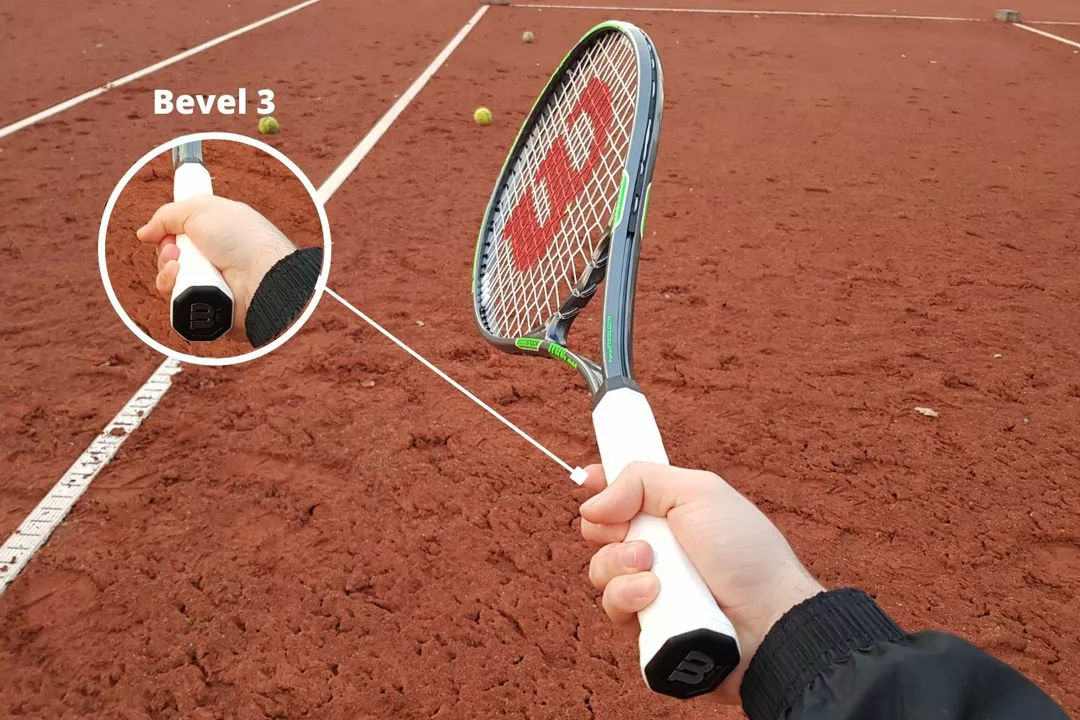How to Choose and Care for Your Tennis Racket
If you’re looking to up your tennis game, the first thing to think about is the racket in your hand. A good racket feels like an extension of your arm, while a wrong one can hold you back. Below you’ll find the key things to check when you shop, plus simple ways to keep your racket performing.
What Matters When You Pick a Racket
First off, think about weight. Light rackets (around 260‑280 g) are easier to swing and help with speed, but they give less power. Heavier rackets (300 g and up) add punch but can tire your arm faster. Try holding a few in a store – you should feel comfortable, not cramped.
Next up is balance. A head‑heavy racket puts more mass at the top, boosting power on groundstrokes. A head‑light racket shifts weight toward the handle, giving you better control and faster reaction at the net. Many players pick a balance that matches their style: baseline players love head‑heavy, while volleyers prefer head‑light.
Head size matters too. Larger heads (100‑115 sq in) give a bigger sweet spot, making it easier to hit clean shots. Smaller heads (85‑95 sq in) let advanced players put more spin and control on the ball. If you’re a beginner, start with a larger head and move down as you improve.
String pattern is another factor. A dense pattern (e.g., 18×20) gives durability and control, while an open pattern (e.g., 16×19) helps spin but wears out faster. Pair the pattern with a string tension you like – lower tension gives more power, higher tension gives more feel.
Finally, grip size should fit your hand. Measure the distance from the middle crease of your palm to the tip of your ring finger; the result in inches is your grip size. A grip that’s too big makes you strain your wrist, and a grip that’s too small reduces stability.
Keeping Your Racket in Top Shape
After you buy the perfect racket, treat it right. Clean the frame after each session with a damp cloth – no harsh chemicals, just water and a little soap if needed. This removes sweat and grime that can weaken the finish.
Strings lose tension over time, even if you don’t play much. A good rule of thumb is to re‑string after every 10‑15 hours of play or when you notice a dip in control. Most clubs will string for you, but you can do it at home with a basic stringing kit if you’re comfortable.
Store your racket in a case, especially when traveling. Avoid leaving it in a hot car or leaning it against a wall for long periods – the frame can warp. If you’re not playing for weeks, loosen the strings a bit to relieve stress on the frame.
Watch for cracks in the frame or loose grommets. Small damage can grow and affect performance. If you spot any issues, talk to a pro shop; they can often repair or recommend a replacement.
By paying attention to these simple steps – picking the right specs and maintaining the racket regularly – you’ll see more consistent shots and avoid unnecessary injuries. So next time you step onto the court, you’ll be ready with a racket that truly works for you.

What tennis racket would you recommend for a beginner?
As a beginner in tennis, I would highly recommend starting with a racket that offers a good balance of power, control, and maneuverability. The HEAD Ti.S6 is a popular choice for its lightweight yet stable frame, making it easier for new players to learn the ropes. Additionally, the Babolat Drive Max 110 is also a great option, as it provides a larger sweet spot and added power, perfect for those still developing their swing. Don't forget to consider your budget and personal preferences when choosing the right racket for you. Ultimately, it's essential to feel comfortable and confident with your equipment as you embark on your tennis journey.
Detail



